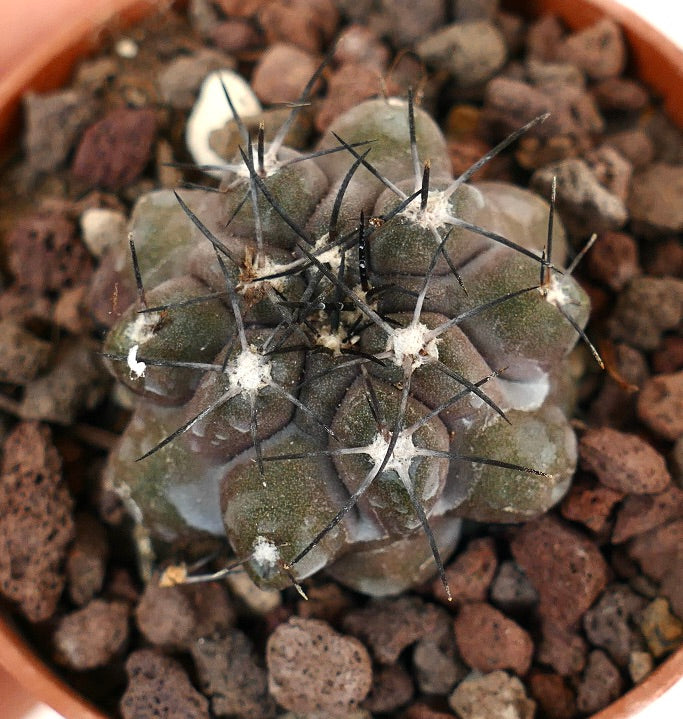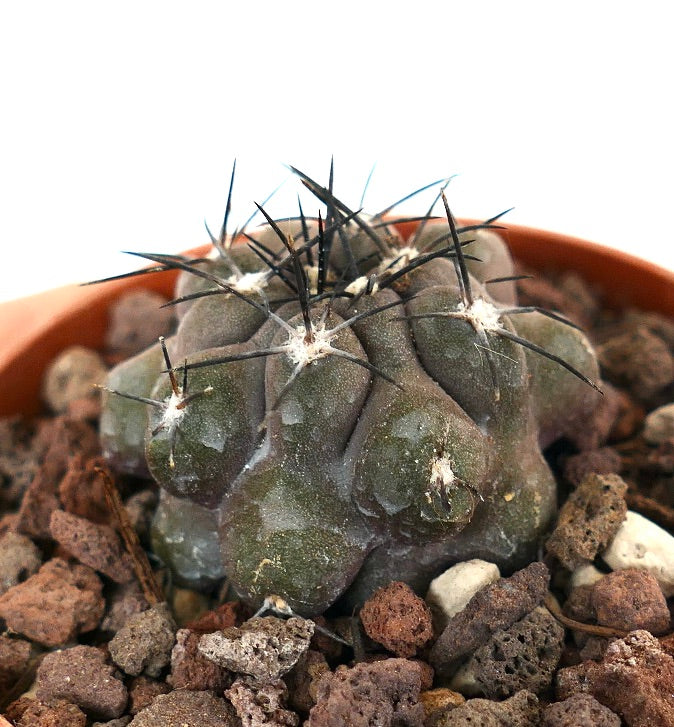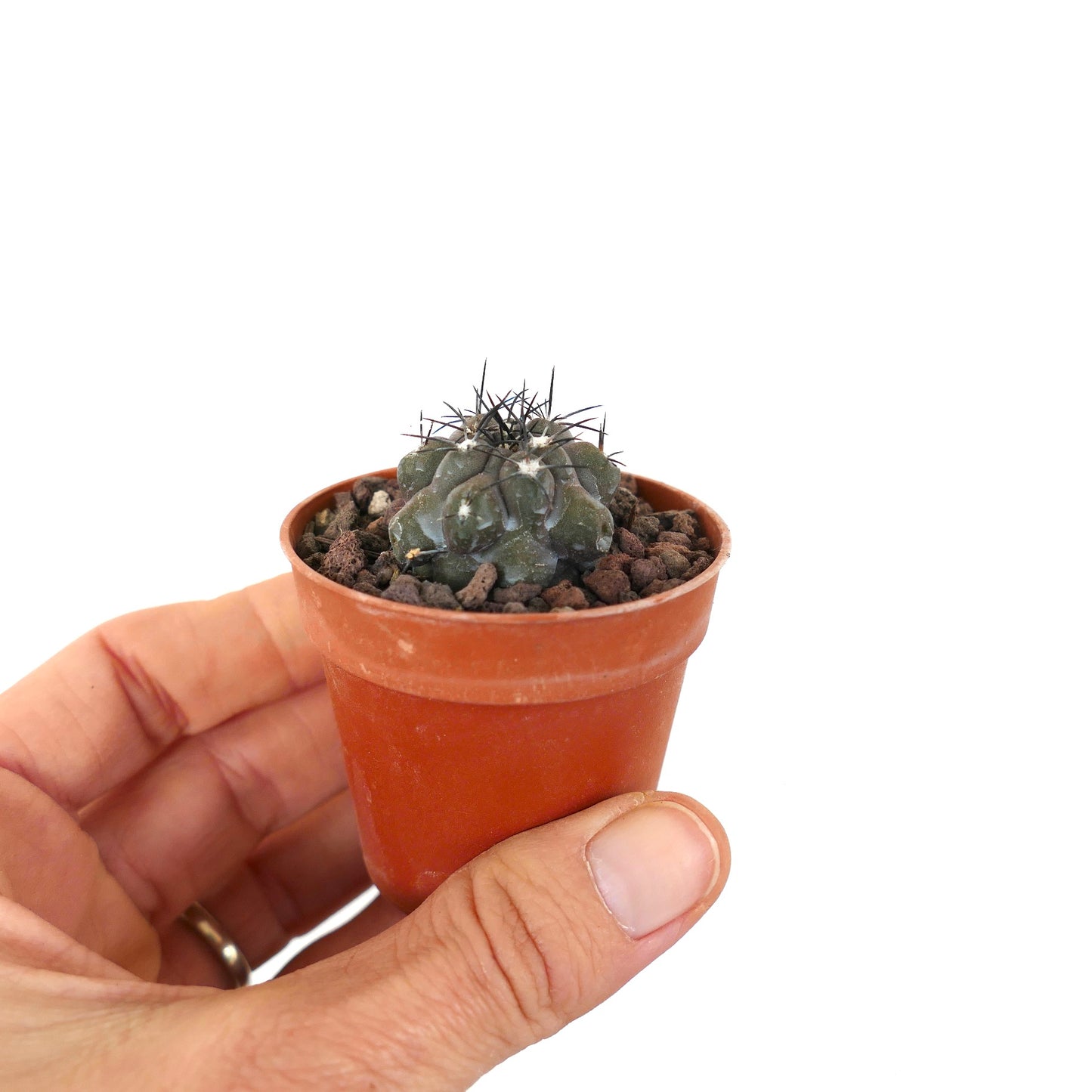Copiapoa cinerea X griseoviolacea 1TS
Copiapoa cinerea X griseoviolacea 1TS
Couldn't load pickup availability
Product Description
Copiapoa hybrids are created through the cross-pollination of different Copiapoa species or varieties, resulting in new plants that exhibit a blend of characteristics from their parent plants. These hybrids can display a wide range of features in terms of size, shape, color, and spine arrangement, offering enthusiasts unique and often visually striking specimens. Given the specific and isolated habitats of Copiapoa species in the deserts of Chile, particularly in the Atacama region, hybridization can occur both naturally and artificially. Artificial hybridization is more common among collectors and growers seeking to enhance certain desirable traits, such as unusual colorations, forms, or improved resilience.
Rarity and Desirability
The rarity of Copiapoa hybrids can vary significantly based on several factors:
- Limited Natural Habitat: The natural habitat of Copiapoa species is relatively restricted, making natural hybrids uncommon. The specific environmental conditions required for their survival limit their distribution.
- Artificial Hybridization Efforts: Artificially created hybrids depend on the efforts and interests of growers, which can make some hybrids rare due to the limited number of people creating them. Additionally, the success rate of hybridization and the subsequent growth of the hybrids to maturity can affect their availability.
- Desirable Traits: Hybrids exhibiting unique or particularly desirable traits, such as rare colorations, unusual spine formations, or compact growth habits, are often more sought after. This demand can make them rare in the marketplace, as they are quickly snapped up by collectors.
- Cultivation Challenges: Some hybrids may be more difficult to cultivate than their parent species, requiring specific conditions that are hard to replicate outside their natural environment. This can limit their propagation and availability.
Examples and Cultivation Tips
While specific names of Copiapoa hybrids are not as commonly documented as those of other cactus genera, enthusiasts often pursue hybrids for their aesthetic appeal and uniqueness. When cultivating Copiapoa hybrids, consider the following tips to mimic their natural conditions as closely as possible:
- Light: Provide bright, indirect light or morning sunlight to prevent sunburn while ensuring enough light for growth.
- Temperature: Maintain moderate temperatures, protecting the plants from extreme cold, as most Copiapoa species are not frost-tolerant.
- Watering: Water sparingly, allowing the soil to dry out completely between waterings. Overwatering can lead to root rot, a common issue in succulent cultivation.
- Soil: Use a well-draining cactus mix, possibly enhanced with additional perlite or pumice to improve drainage.
- Container: Ensure the pot has adequate drainage holes. Copiapoa hybrids, like their parent species, do not like "wet feet."
Interest in Copiapoa hybrids is often driven by their rarity and the challenge they present to collectors and growers. As with all rare plants, it's important to source them responsibly to avoid contributing to the depletion of natural populations. Hobbyists and conservationists alike encourage the cultivation of these plants to preserve their unique genetic traits and to ensure that these fascinating hybrids can be enjoyed by future generations
SKU:BA-1867-S
Cultivation
Cultivation
Info and Disclaimers
Info and Disclaimers
Plant height:
Pot diameter:
Picture taken on:






